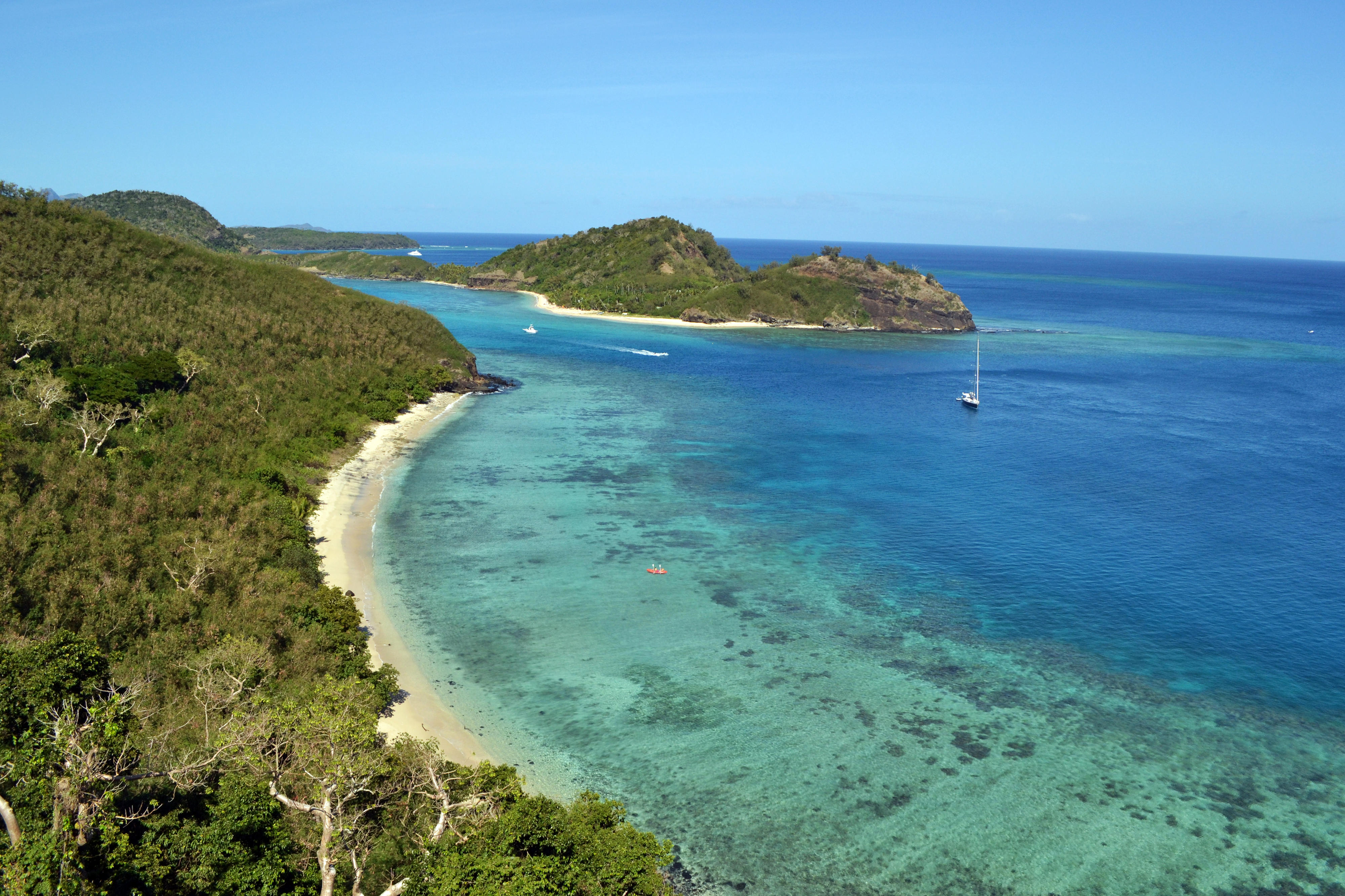Coastal section of a Fiji Island
Copyright© Victor Ulijn, via flickr, CC BY-SA 2.0
The Pacific Islands: cooperation in action Planned relocation
Many inhabitants are already exposed to extreme weather events such as tropical hurricanes and droughts. The expected rise in sea levels and in temperatures, the changes in patterns of precipitation, and the acidification of the oceans will exacerbate the risks even further and threaten the livelihoods of the people living on these islands.
The village of Narikoso in Fiji is threatened by rising sea levels. Over the last 30 years its coastline has moved 15 metres inland and the first houses are already standing in the water. That is why relocation plans have been made. New homes will be built 150 metres away from the old village – far enough away from the sea that they will not be flooded, but close enough to the old village to preserve the community. Furthermore, the people in the community are being offered training courses that will help them improve their livelihoods. For example, so they can adapt farming practices to the changed climatic conditions.
The experience gained in Narikoso has also helped with the drafting of new “guidelines for planned relocations (External link)”. The new guidelines will also mean that, in future, all stakeholders are consulted on unavoidable relocations so as to ensure that they are successful, sustainable and in line with respect for human rights.
ese activities are all part of a comprehensive programme of climate risk management, geared to enhancing the capacities (External link) of the local population, and of civil society partners, regional organisations and national authorities so that they are better able to cope with the effects of climate change.
As at: 13/07/2023
